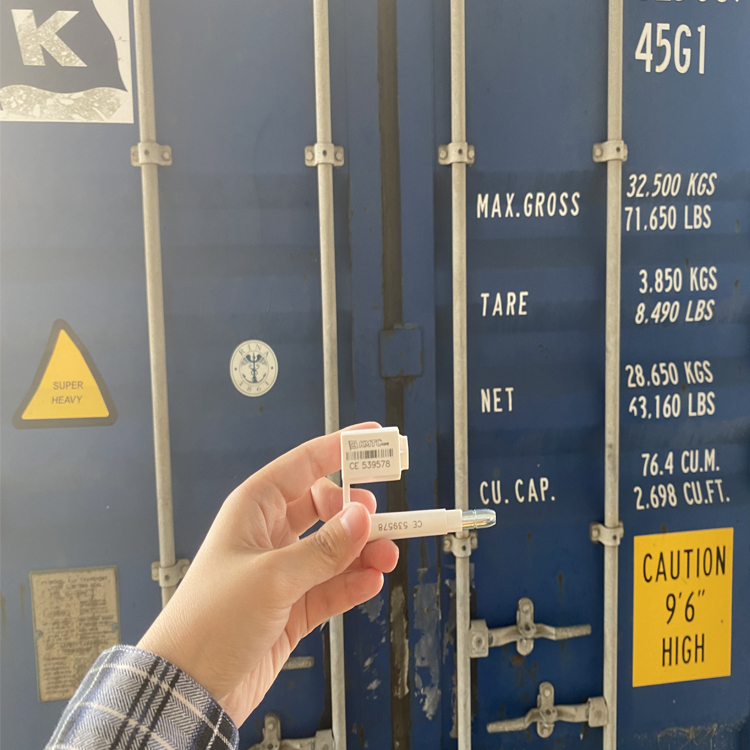
Container Loading Process
Container Loading Process
I. Preliminary Preparation
Confirm Cargo Information: Before loading, it is necessary to confirm the detailed information of the cargo, including the type, quantity, size, weight, and packaging status. This information will directly affect the loading strategy and method.
Select Appropriate Container: Based on the attributes and quantity of the cargo, select the appropriate container type. Common container types include 20-foot standard containers, 40-foot standard containers, and 40-foot high cube containers. Ensure that the container's size and load capacity can meet the needs of the cargo.
Prepare Necessary Tools and Materials: Tools and materials such as forklifts, cranes, ropes, wooden planks, etc., may be required during the loading process. Before loading, ensure that these tools and materials are complete and in good condition.
II. Cargo Inspection and Classification
Inspect Cargo Packaging: Ensure that the cargo packaging is intact, without damage, dampness, pollution, or other issues. For damaged packaging, replace or reinforce it in time.
Cargo Classification: Classify the cargo based on its attributes and size. Place similar cargo together to facilitate loading and subsequent counting.
III. Loading Operation
Clean the Container: Before loading, clean and inspect the container to ensure that there is no debris, water accumulation, odor, or other issues inside.
Lay Wooden Planks on the Bottom: Lay wooden planks at the bottom of the container to increase the container's load-bearing capacity and prevent direct contact between the cargo and the container bottom, which could cause damage.
Load the Cargo:
Use a forklift or crane to transport the cargo to the container.
Arrange the cargo placement and order based on its attributes and size. Place heavy cargo at the bottom and light cargo on top. Large cargo should be placed along the sides, and small cargo can fill in the gaps.
Use ropes or straps to secure the cargo to prevent movement or tilting during transportation.
Record and Verify: During the loading process, record the quantity and location of each cargo in time. After loading is complete, verify the information with the cargo list to ensure accuracy.
IV. Sealing and Identification
Seal the Container: After loading is complete, use a dedicated container lock to secure the container door and affix a seal. Record the seal number on relevant documents for subsequent inspection.
Identification: Clearly mark the information such as the recipient, shipper, cargo name, quantity, etc., on the exterior of the container for easy transportation and identification.

Get the latest price? We'll respond as soon as possible(within 12 hours)








